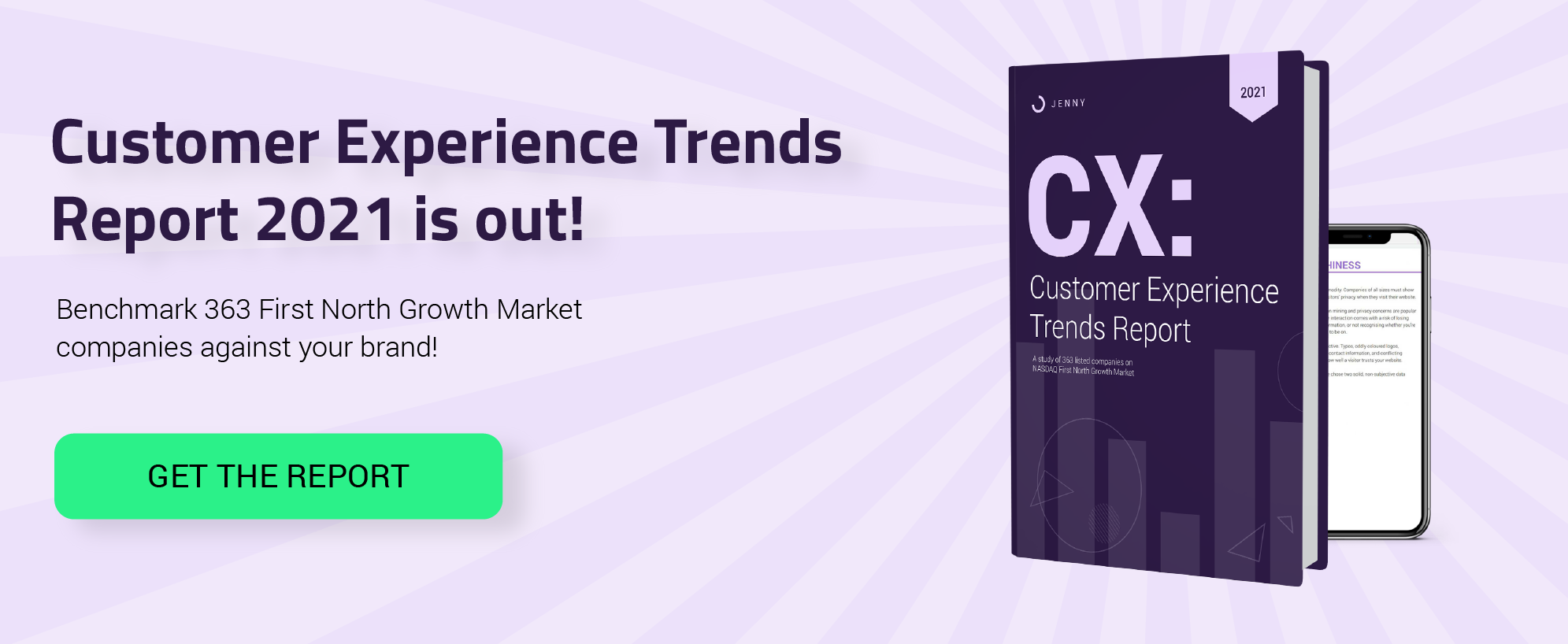
by Colm Ó Searcóid
on November 13, 2020
3.5 Ways to Make Great First Impressions Online
Tell me what you do. You have seven seconds.
Go.
Now you have 0.05 seconds to make that same first impression online.
Your competitor is a google away. It's crowded out there and you must make a distinct, memorable, informative and persuasive impression effectively and quickly. There are no second chances.
Customer experience is about connecting with humans. In physical locations, we have the advantage of human customer service experts who can read the room. They can see the customers who need help, prioritise and approach based on perceived needs.
It's not easy to see what's happening on the other side of a screen. And it's certainly impossible for humans to engage 5k+ visitors a day.
The Customer Experience Trends Report 2020 shows that over 1/5th of companies studied don't make that vital first impression.
Let's fix that.
3.5 Ways to Make Great First Impressions Online
1. Inspire Outcomes Over Features
A screwdriver is your go-to solution to put a screw in place.
Yay.
Nobody dreams about putting a screw in place. However, if the outcome is putting together that IKEA table that really ties the room together, we have a different story.
People use tools for outcomes. You don't buy a car because it is a collection of tubes and oil. You buy it to go places. You buy a nice car to travel in comfort. You buy a sports car to show off at Mar-a-Lago. Or tear through the interstate.
If you make unbreakable steel cables, you're selling "Build Bridges That Last Forever". Or whatever your target customer dreams of doing.
It helps to be specific, to know your ideal customer profile (ICP). If you understand their dream, and you have a product that will help them achieve it, pitch the dream.
A great impression is about starting a conversation. Inspire a reply, and you're already halfway there.
Let's explore two effective strategies to inspire outcomes over solutions: the promised land and jobs to be done. The concepts are very similar, but have stark strategic differences.
1.25. The Promised Land
Andy Raskin wrote about the Promised Land in his 2016 article. I'll summarise it here, but you should definitely give it a read at some point.
The Promised Land is a brand message. It encapsulates exactly what your brand is about internally and externally. If all systems fail and you have to fallback on one thing, it is your promised land. It defines and expresses the change you bring to your customer's world.
And not just your customers. Investors, team members, management, prospects, potential employees. Everybody.
As Raskin puts it, the promised land "is the North Star that guides everything that everyone does in your company, and should always be the thing that you are ultimately pitching."
A promised land can change over time. It should be desirable, improbable, and maintain a balance between long- and short- term aspirations. If you aim too high as your brand is growing, you can easily come across as vapid, without substance. Andy Raskin delves into this with the analogy of Cinderella's promised land -- happily ever after.
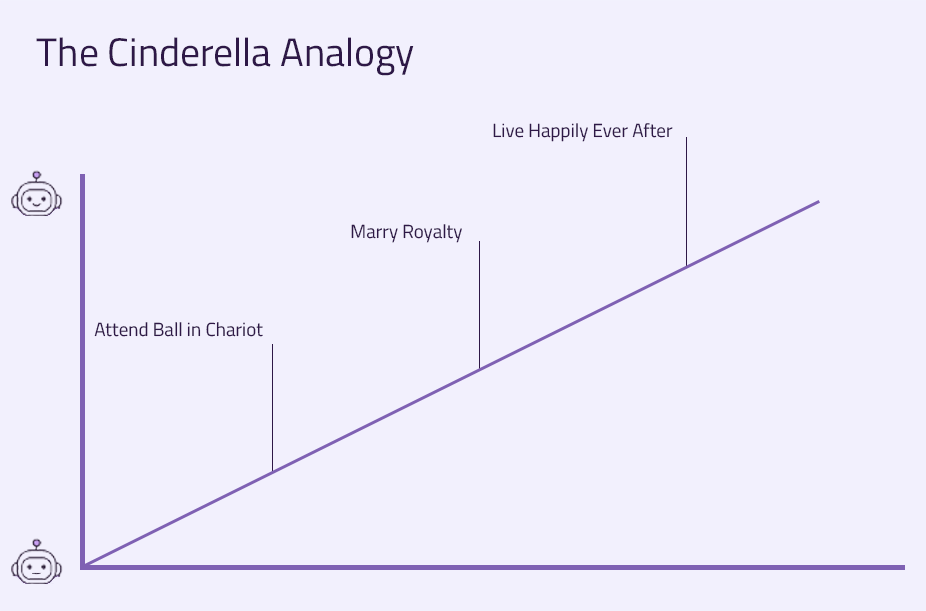
Even though "Happily Ever After" is a great goal, you need context, because this is too vague. "Attend the ball" is not vague at all, but we're now straying into screwdrivers and screws territory.
Like with Goldilocks, the promised land strikes a balance somewhere in the middle.
And as your brand grows, of course it may change. But it should always be clear to your customers and yourselves that this is what you ultimately deliver.
1.25. Jobs to be Done
Jobs to be done (JBTD) is similar to the promised land. However, where the promised land creates an aspirational goal for a brand, jobs to be done are more personal to the customer -- it's about creating a "new me".
In other words, your customer plus your product equals your customer who can do awesome new things. It's not about the task that a customer has to do, it's about the outcome they achieve from purchasing your product which performs that task.

Source: LinkedIn
LinkedIn has a great example of this. Their premium offering focuses on the JTBD for each type of customer. For instance, with a Sales plan you will "Unlock Sales Opportunities", and for Career it's "Get hired and get ahead".
This encapsulates the end goal of the customer, rather than espousing the technical features of the product. It's designed to make you say yes, because it's a path to a better you.
First impressions are everything when a customer starts their journey with your brand. Hook their aspirations with a promised land and jobs to be done and they will continue down the journey. If you don't capture their core need, you're facing an uphill battle already.
[Related Reading: Are pop-ups good or bad for customer experience? Find out more.]
2. Paint Pictures: They’re Louder than Words
Text requires time to read. Images take milliseconds. If you take a look at some of the top twenty Nasdaq First North companies in the Customer Experience Trends report, they leverage powerful images that speak to their ICP.
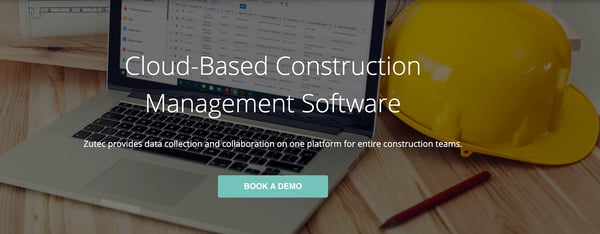
Source: Zutec
Zutec brings their construction audience into focus, highlighting how technology works with construction teams to improve collaboration in a single platform.
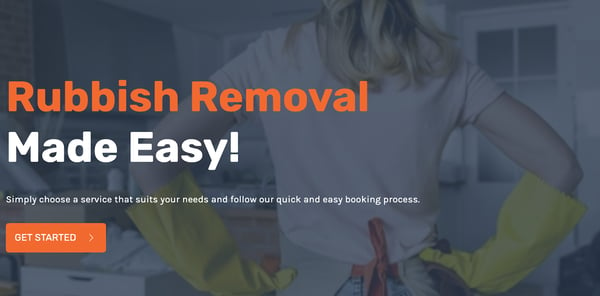
Source: Happy Helper
Happy Helper has a strong promised land for consumers looking for quick and easy waste management. But it's the picture of the person in the power pose with the iconic yellow rubber gloves that drives the point home.
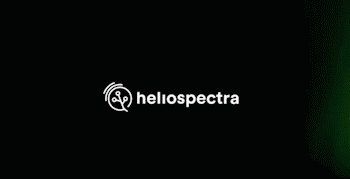
Source: Heliospectra
Heliospectra leverages imagery combined with their promised land to effectively communicate what they are about. The images, the green foliage, and how they reflect nature with technology all gives a visual story to their purpose.
The Right Image Speaks Volumes
Just as it's easier to make a great first impression face-to-face than through text message, images are a powerful tool to give customers a great first impression and a positive expectation of your brand. In milliseconds.
3. Start Conversations with Chat
Your website is your soapbox. There is no other place online where a customer is more focused on your brand. You are centre stage. There are no distractions. No competition at that moment. No clamouring for their attention over others. It's like having the only stand at a trade fair.
Use it to your advantage.
More than 71% of customers expect real-time communication, regardless of generation. The Salesforce State of the Connected Customer report also reveals that 75% of business buyers feel a positive increase in expectations from companies that offer a chatbot service.
First Impressions are one thing. Cementing a positive first impression requires conversation. Why can't you have a conversation with every visitor to your site?
Chatbots are the only technology where you can engage customers in real-time conversation at scale. And they can be branded and customised to speak your promised land, the JTBD your customer wants, and even images that drive the point home and break the ice.

Source: Väre greeting their customers with a chatbot. Check out their case study with us.
When we say a chatbot successfully deflected 80% of conversations on your website, it means you just had a conversation with eight out of ten of your engaged visitors and left an impression on each without lifting a finger.
The last two could be transferred to your human agents because they have a case you want handled directly by a human, for example.
Chatbots and Customer Needs
It can take a month or two to get to 80-90% deflection with chatbots. But that month is not wasted.
With AI conversational chatbots, every unanswered question is logged for review. This is primarily so you can decide whether to add it to the chatbot's knowledge. But that data serves another purpose.
It gives you real-time actionable insights of the questions your visitors are asking. This data is a vital tool to perhaps improve your website messaging, refocus your promised land or jobs to be done and be more customer-centric.
TL;DR
Improving customer experience is a process. There are always aspects to examine throughout the customer journey. But the first impression can be a huge bottleneck you need to break open before you can even start analysing the rest of the journey. Some tips summarised:
- use the power of copy to sell outcomes to your customers
- the promised land is the North Star for your brand messaging
- focusing on your customer's JTBD helps you stand out and be more customer-centric from first impression all through the customer journey.
- leverage powerful imagery to get the point of your words across. Paint a thousand words and focus on your ideal customer profile when you do.
- nurture conversational experiences with chat and gather data to help improve your messaging.
For more real insights on customer experience trends, check out the Customer Experience Trends report where we studied 363 Nasdaq First North Growth companies on the pillars of CX: Trust, Purpose and Communication.

Colm Ó Searcóid
Champions the importance of amazing customer experiences and loves building meaningful interactions between customers and companies. Colm has no favourite movie, because "it depends on the genre", and is experimenting with growing his own food.
Similar articles

Chatbot Case Studies for Media and Entertainment Companies
How can media and entertainment companies keep up with customers? Learn how chatbots help service teams stay on track and serve customers better.

4 Things You Need to Know When Considering Chatbots
Ersin walks through the surprising opportunities potential chatbot customers miss in their chatbot project planning.
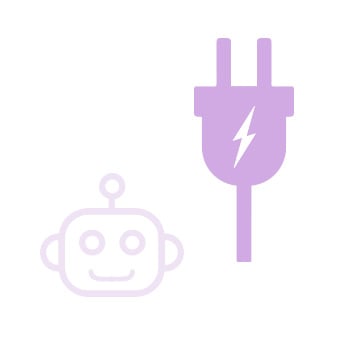
Infographic: Customer Experience in the Energy Sector
Key insights for customer experience in the Energy and Utilities sector in a handy one-sheet. Get the facts and numbers in one place.


